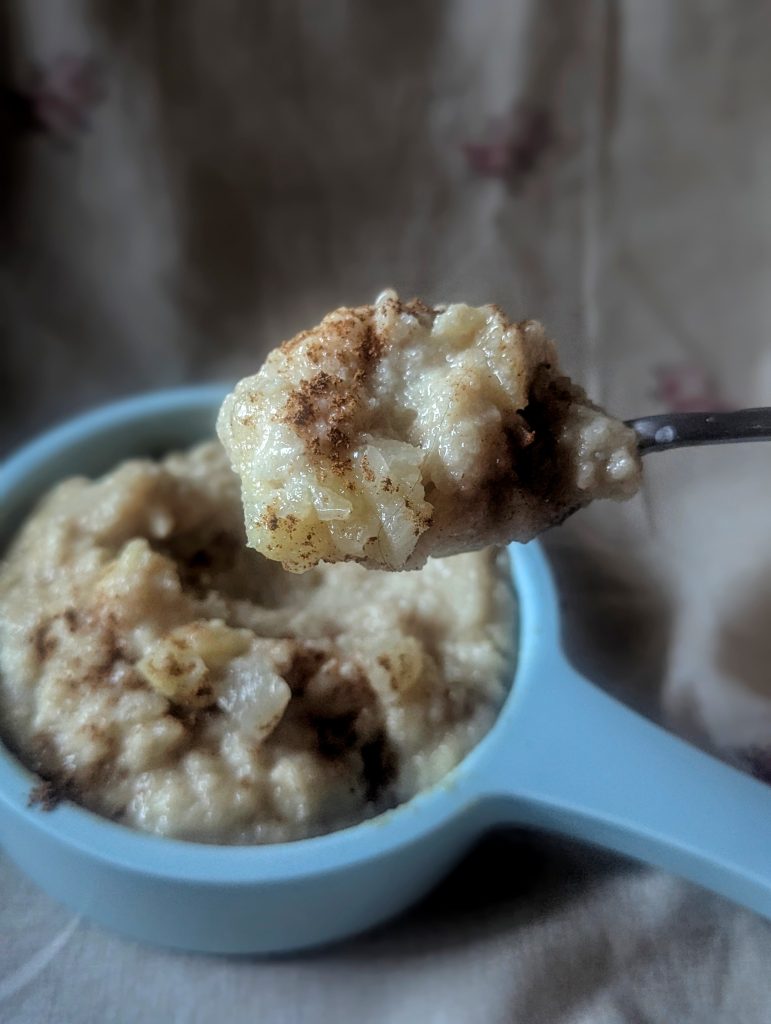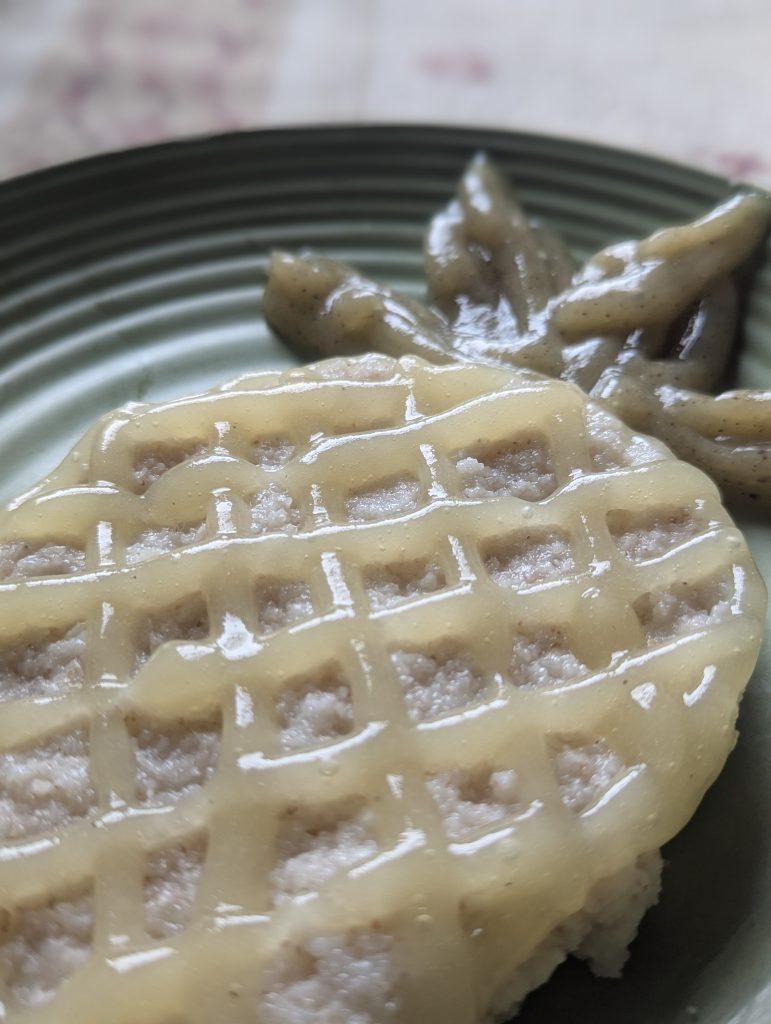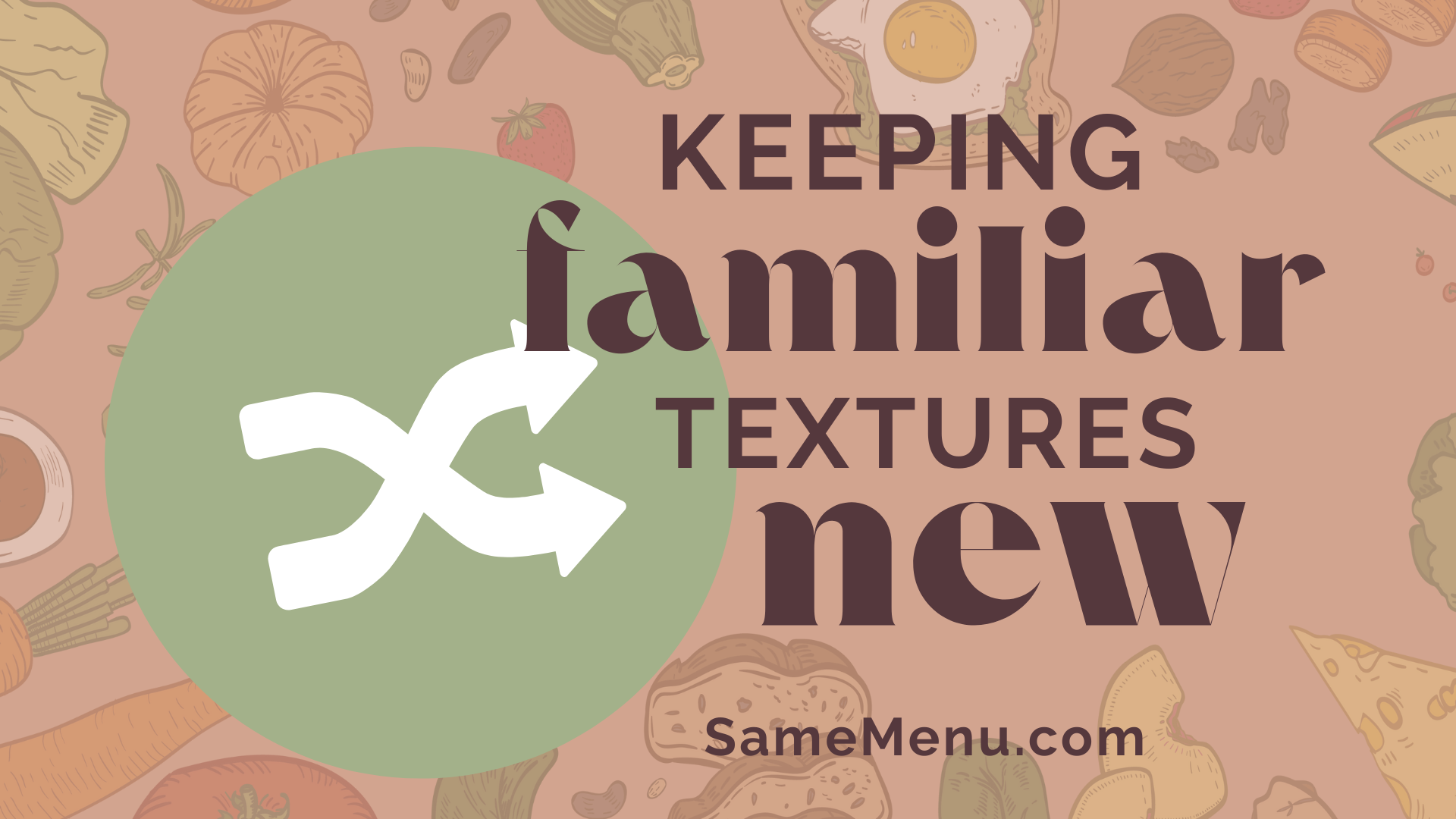When texture modification becomes part of daily life, it’s natural to find comfort in what feels safe. That first food that “works”, the one that doesn’t trigger coughing, panic, or discomfort, often becomes a lifeline. And while that reliability is important, it can quietly narrow someone’s food world over time. Meals begin to blend together. Pleasure fades. What once brought relief starts to feel like limitation.
But safety and variety don’t have to be at odds. Even within a single IDDSI level, there are countless ways to explore new flavors, temperatures, and presentations that expand the experience while protecting the swallow.
A Flavor Case Study in Cream of Wheat
Take a bowl of Cream of Wheat. It’s warm, familiar and often an early “win” for those working through swallow rehabilitation or learning to trust their eating again. From there, small variations can make a big difference.
- Pineapple Kiwi Cream of Wheat: A bright, tropical twist that introduces gentle tartness and color contrast. The pineapple and kiwi’s acidity are refreshing without altering the textures safety once passed through a sieve.
- Cardamom Pear Cream of Wheat: Steamed or canned pears pureed with a pinch of cardamom and cinnamon create an autumn spin that’s subtly floral and warm.
- Berry Vanilla Cream of Wheat: Vanilla extract swirls into the cereal and mingles with tart berry puree (you can play around with your berry combos too!). The results are colorful and tangy, which can help those with flavor fatigue or reduced taste sensitivity from medications, radiation or age.
And these are just the sweet versions! Cream of wheat plays excellently with savory favorites. You may want to cook your cereal in a broth/stock.
- Parmesan Herb Cream of Wheat: Blend in grated Parmesan (or nutritional yeast) and a drizzle of infused herb oil like basil or parsley.
- Carrot Turmeric Cream of Wheat: Roast or braise carrots and blend with turmeric for a colorful spin on the dish.
- Miso Mushroom Cream of Wheat: Add a small amount of miso and pureed sautéed mushrooms. It’s umami-forward, making it a great vegetarian/vegan option.
Each version keeps the core experience of smooth, warm, cohesive, while widening the sensory window. This balance of safety and novelty helps reduce burnout for both the eater and the caregiver.
Presentation and Personalization
We eat first with our eyes. -Apicius
Pureed meals especially are often seen as really restrictive rules that creates formless foods. But even small presentation changes can bring a sense of normalcy. Piping purees into shapes to reflect the ingredients, or aesthetic patterns, creates visual interest while also retaining choice. “Do I want the fruit first, or the cereal?”


- Consider dividing your purees into at least two or three different color and flavor presentations as full meals are rarely made of a single item.
- If you already have some baking supplies like icing tips, cookie presses, and baking molds/cutters, you can repurpose those to help add visual excitement/mimic the unmodified meal.
- Don’t worry if you don’t; snipping the end of a plastic sandwich bag (except those standup bottom style) makes an easy to control piping tip without buying extra tools.
If you struggle to find recipes that fit your nutrition goals or your eating philosophy, head over to the recipe section of the website. I include not only adaptations for common diets and macronutrients on every recipe, but how you can simplify on days when you have less time or lower energy.
Temperature: The Hidden Variable
One of the most overlooked piece of education when someone is starting to work with serving a specific IDDSI level is this: texture safety changes with temperature. Foods thicken as they cool and loosen as they warm, meaning the same recipe can test differently on the IDDSI scale from one serving to the next. And depending on how quickly it is eaten after service, even within the same serving.
For example, freshly cooked cream of wheat may seem too thin initially but each minute it is off the heat, the texture will continue to thicken. Or commercial fruit purees that contain pectin or starch may start out stiff when chilled, but can thin into separated liquids when heated. Best practice is:
- Always complete a fork and or spoon test at the time/temperature the food is being eaten.
- Retest if food has been sitting before continuing meal. IDDSI did a great job of making ways to universally test these textures without needing to leave the table, just using your utensils.
- Consider adjusting the size of the serving portions down and keep the remaining servings at a safe holding temperature and extend the time for the meal to allow for multiple servings.
- Hot and cold insulated bags, Thermos containers, ice packs and hot plates can help you keep hot foods hot and cold foods cool.
When “Safe” Foods Become “Sticky”
After taking a step up from liquid diets, online dysphagia discussion reveals that often, people end up leaning on a small set of foods. They work, they’re predictable, and they keep the calorie count up. But rotating among foods that feel similar can gently stretch comfort zones without losing that sense of security. Here are some examples that expand common go-to categories.
| Common “safe” food | Similar but slightly different options | Notes |
| Pudding/custard | Ground chia seed puddings | Higher fiber, omega 3s, protein and prebiotics |
| Yogurt | Kefir or Greek yogurt | Different tang, more protein, probiotics |
| Mashed potatoes | Root vegetable puree (parsnip, carrot, cauliflower) | Same smoothness, expanded micronutrient range |
| Oatmeal | Cream of rice, farina, or blended quinoa porridge | New flavor undertones, gluten free options |
| Ice cream | Frozen yogurt, or lactose-free soft serve | Same cooling relief, less fat and sugar to reduce reflux risk |
| Broth | Thickened pureed soups | Larger range of micronutritients with the same soothing quality |
This kind of lateral substitution helps the body and mind re-associate “safe” with “varied.” It’s less about replacing favorites and more about widening the circle of comfort.
Small Shifts, Big Payoff
Supporting someone with dysphagia, or supporting yourself through it, means balancing reliability with curiosity. A few drops of extract, a sprinkle of spice, or a swirl of fruit puree can turn a stale routine into a seasonal variety journey.
Every change doesn’t have to be dramatic. Sometimes it’s as simple as serving the same food in a new bowl, piping it instead of spooning, or trying it at a slightly different temperature. These are the details that reconnect people to food as a pleasurable experience rather than a mechanical one.
Familiar textures provide safety. New flavors, temperatures, and presentations provide life within that safety. When both coexist, the eating experience becomes whole again.
Every recipe here is SLP designed for texture sensitive eaters: from dysphagia to dental issues to picky eaters. Get recipe roundups and practical tips by joining the mailing list.

Leave a Reply